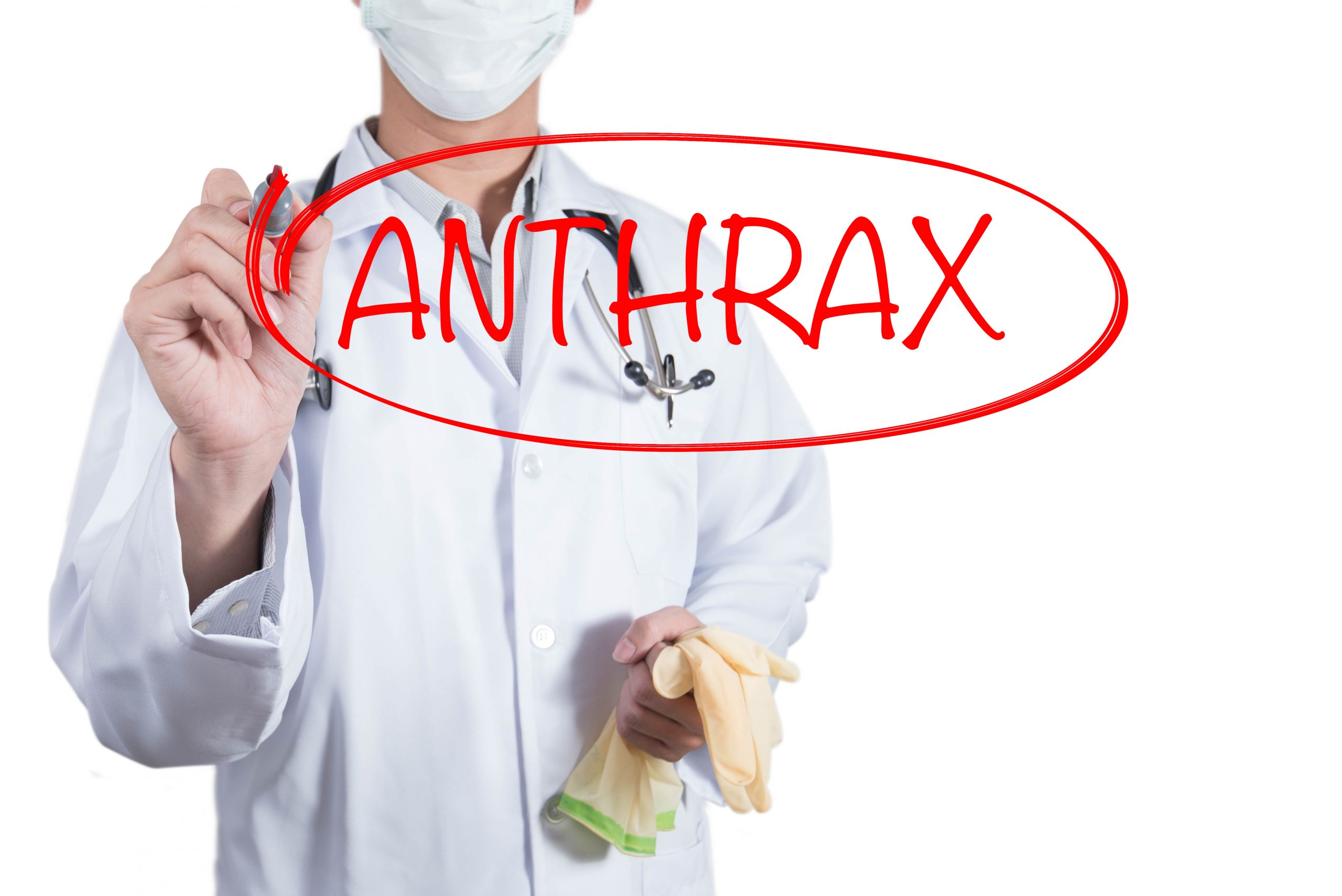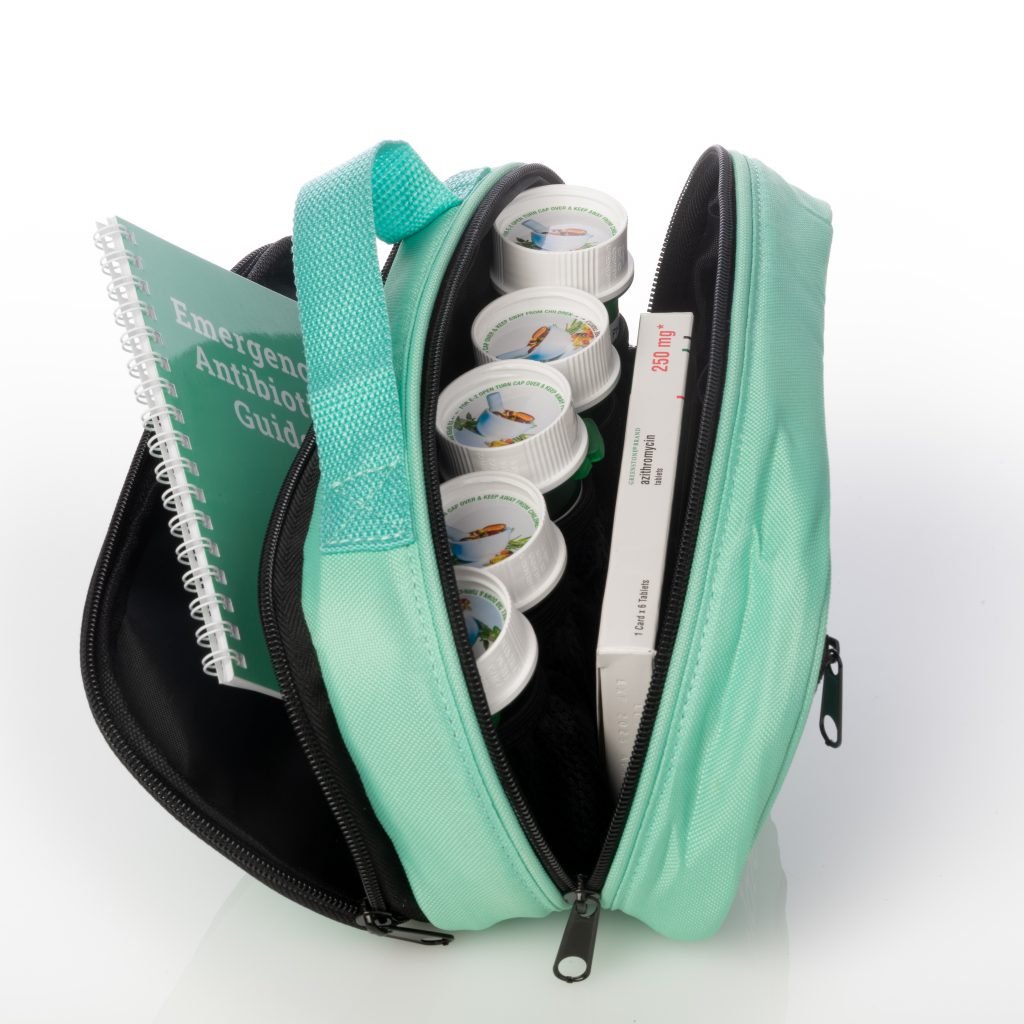
During a recent satellite conference training broadcast on rapid distribution of the federal Strategic National Stockpile (SNS) of antibiotics and other critical medicines the real and terrifying reality of anthrax as a bioweapon was discussed.
“Recent threat analyses have made it clear that many of us have been underestimating the size of the threat associated with outdoor release of spores of Bacillus anthracis — the organism that causes anthrax,” said William Raub, PhD, principal deputy assistant secretary of public health emergency preparedness at the U.S. Department of Health and Human Services (HHS). “We now realize that using only conventional microbiological techniques and commercially available spraying equipment, terrorists could distribute Bacillus anthracis spores over an area of several square miles. If those several square miles correspond to a densely populated area, we would have a public health crisis unlike any we ever have faced.”
History of anthrax as a bioterror agent
The history of anthrax as a bioterror agent is recent, dating back to 1917 during the first world war. A rather bizarre story of a Finnish independence activist Baron Otto Karl von Rosen, who was apprehended by Norwegian police in 1917 with 19 sugar cubes, each with an embedded glass capillary tube supposedly filled with anthrax. The plan was to infect reindeer and horses used to haul British arms through Norway. The sugar cubes would be fed to the animals, whose teeth would break the glass tubes inside, thereby lacerating their gums and allowing gastrointestinal anthrax to ensue.
Beginning in the 1940s the United States maintained an offensive biological warfare program that performed numerous studies on anthrax weaponization and defense that remain the basis of much of our understanding of bioterrorism today. The offensive program at Fort Detrick, Maryland, was disestablished by President Nixon in 1969 and replaced by the US Army Medical Research Institute of Infectious Diseases, which has been on the forefront of biodefense for more than 40 years.
The post 911 attack in which envelopes distributed to government officials and caused the deaths of five people outlines how easy and available anthrax is to obtain and use for a mass casualty event.
What is anthrax and how is it spread
NOTE: ANTHRAX IS NOT CONTAGIOUS- IT CANNOT BE TRANSMITTED FROM HUMAN TO HUMAN.
Anthrax is a serious infectious disease caused by gram-positive, rod-shaped bacteria known as Bacillus anthracis. It occurs naturally in soil and commonly affects domestic and wild animals around the world. Anthrax spores live in soil, and when they enter the body, they become activated. Anthrax is rare in the United States, however there are periodic outbreaks.
There are three types of anthrax disease
- Cutaneous anthrax
When anthrax spores get into the skin, usually through a cut or scrape, a person can develop cutaneous anthrax, this is the most common form of anthrax. It usually takes about 7 days to develop symptoms. Cutaneous anthrax is most common on the head, neck, forearms, and hands. It affects the skin and tissue around the site of infection. This form of anthrax has a 20 percent fatality rate if not treated.
- Inhalation anthrax
This form of anthrax is the deadliest (and most likely to be used in a bioterror event). Inhalation anthrax starts primarily in the lymph nodes in the chest before spreading throughout the rest of the body, ultimately causing severe breathing problems and shock. Symptoms present usually within a week after exposure; however, it can take up to two months for illness to develop. With aggressive treatment 55 percent survive.
- Gastrointestinal anthrax
Anthrax spores can be found in uncooked and raw meat, however in the case of bioterror the powder simply needs to be on anything ingested, as in a bioterror event.
Once ingested, anthrax spores can affect the upper gastrointestinal tract (throat and esophagus), stomach, and intestines, causing a wide variety of symptoms.
Infection usually develops from 1 to 7 days after exposure. Survival rate is less than half if not treated, over 60 percent if treated aggressively.
There are two types of anthrax outbreaks- naturally occurring and bioterrorism outbreaks:
Naturally occurring anthrax outbreaks
At risk populations include:
- Working with infected animal products
Most people who get sick from anthrax are exposed while working with infected animals or animal products such as wool, hides, or hair.
- Eating raw or undercooked meat from infected animals
People who eat raw or undercooked meat are at risk for developing gastrointestinal anthrax. This is rarely seen in the United States.
There is a vaccine available for people and livestock if needed. (Series of 5 shots within 18 months)- not a viable option for a bioterror event.
Bioterror events using anthrax
Anthrax is classified as a Tier 1 biological weapon. This designation is reserved for biological agents that present the greatest risk of deliberate misuse with significant potential for mass casualties or devastating effect to the economy, critical infrastructure, or public confidence, and pose a severe threat to public health and safety.
In the case of an intentional bioterror attack anthrax can easily be made using common materials and someone with no more than a college education.
Airborne anthrax can easily be distributed into the general population through powders, sprays, food, and water. It can easily be released from a truck, plane or building- or placed in envelopes and mailed as in the 2001 attack post 911. According to Michael Osterholm, PhD, an advisor to HHS Secretary Tommy Thompson, noted that there were 250 million infectious doses in each anthrax envelope that was sent in 2001. In other words, you don’t need a large amount to be fatal.
- Brooke Lounsbury
Medical Content Writer
Widespread antibiotics to general population
Either ciprofloxacin or doxycycline (both antibiotics are included in the Jase case)are effective antibiotics against anthrax. The CDC maintains stockpiles of ciprofloxacin in strategically placed warehouses throughout the United States however, getting the antibiotics to the general populace in a timely matter has remained a logistical nightmare, especially in highly dense cities and rural areas.
Time is of the essence
According to William Raub, PhD, principal deputy assistant secretary of public health emergency preparedness at the U.S. Department of Health and Human Services (HHS)“[After an attack], the biggest remaining hurdle is to get pills from the airport into people’s mouths in time to save lives,” Raub said. “We would know that among those who inhaled enough spores, the first cases of pulmonary anthrax almost certainly would appear within 48 hours. We, therefore, would have to initiate chemoprophylaxis for everyone in the affected geographic area within as short a period of time as possible. . . . Simply put, the longer we take to distribute the antibiotics the more people will die. If the affected area includes a million or more people, each day’s delay in penetrating the community with antibiotics could translate into thousands if not tens of thousands of deaths,” he added.
In Conclusion
With the current instability of the world and supply chain disruptions it is prudent to get prepared. Unfortunately, bioterrorism is a real and present danger nowadays. Have medications on hand, and get your Jase case before it’s too late.
Lifesaving Medications
Recent Posts
Keeping you informed and safe.
FAQ: Our most commonly asked questions about Jase
If you’re considering Jase, chances are you’ve paused and thought, “This makes sense, but I still have a few questions.”You’re not alone. Here are the most common ones we hear, answered plainly. Is this really doctor-prescribed? Yes. Every Jase order is reviewed by a...
Medical Readiness: What Really Kills First
When Disaster Strikes, It’s Not Hunger or Thirst That Takes the First Lives In every disaster zone, from hurricanes in the Caribbean to war zones in Ukraine, the pattern is the same. People worry about food and water, but it’s infection that kills first. A small wound...
Exploring Dr. William Makis’ Hybrid Orthomolecular Cancer Protocol: Focus on Ivermectin and Mebendazole/Fenbendazole
Exploring Dr. William Makis’ Hybrid Orthomolecular Cancer Protocol: Focus on Ivermectin and Mebendazole/Fenbendazole *Disclaimer: This article is for educational purposes and does not constitute medical advice. Always seek professional guidance.* In the evolving...





